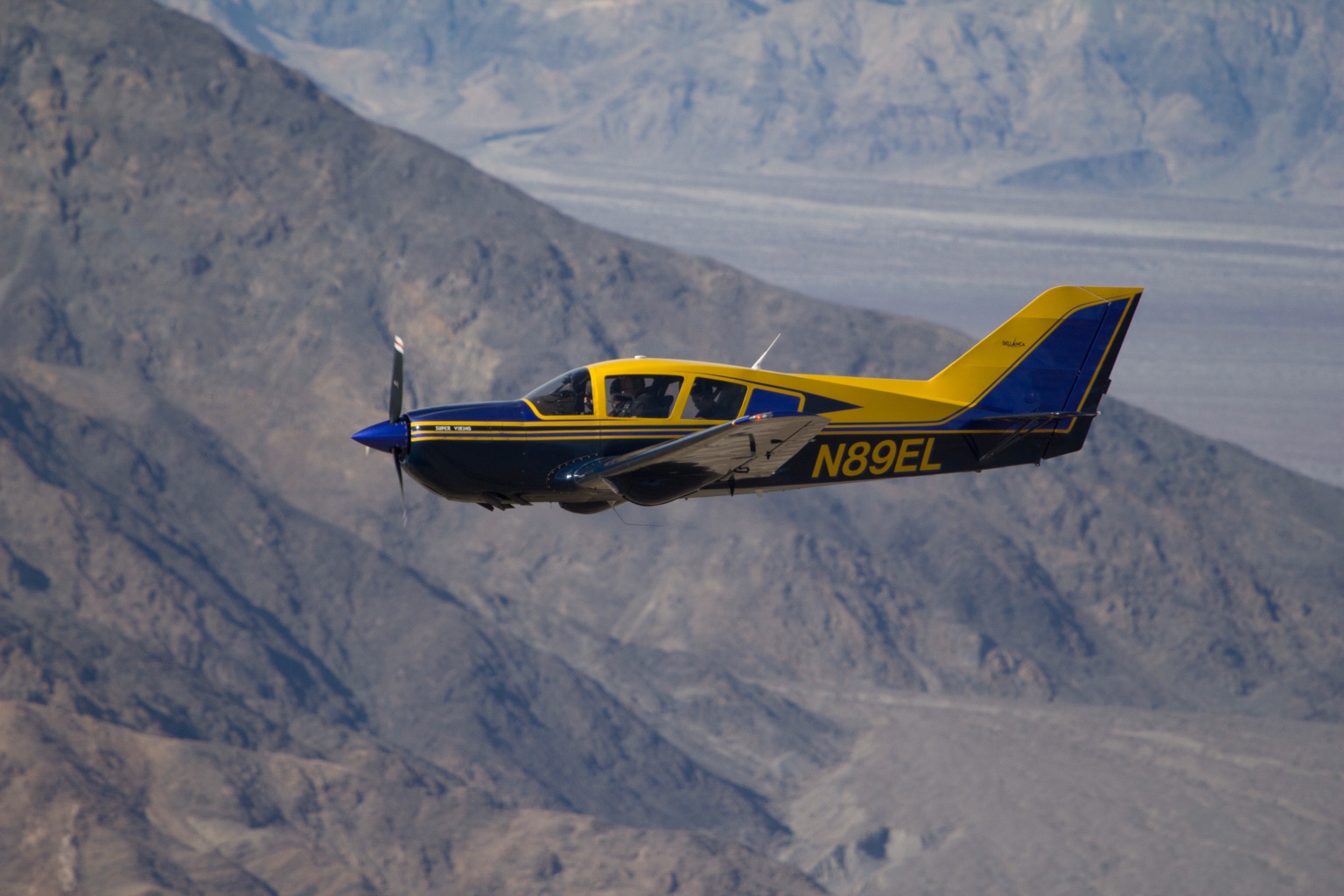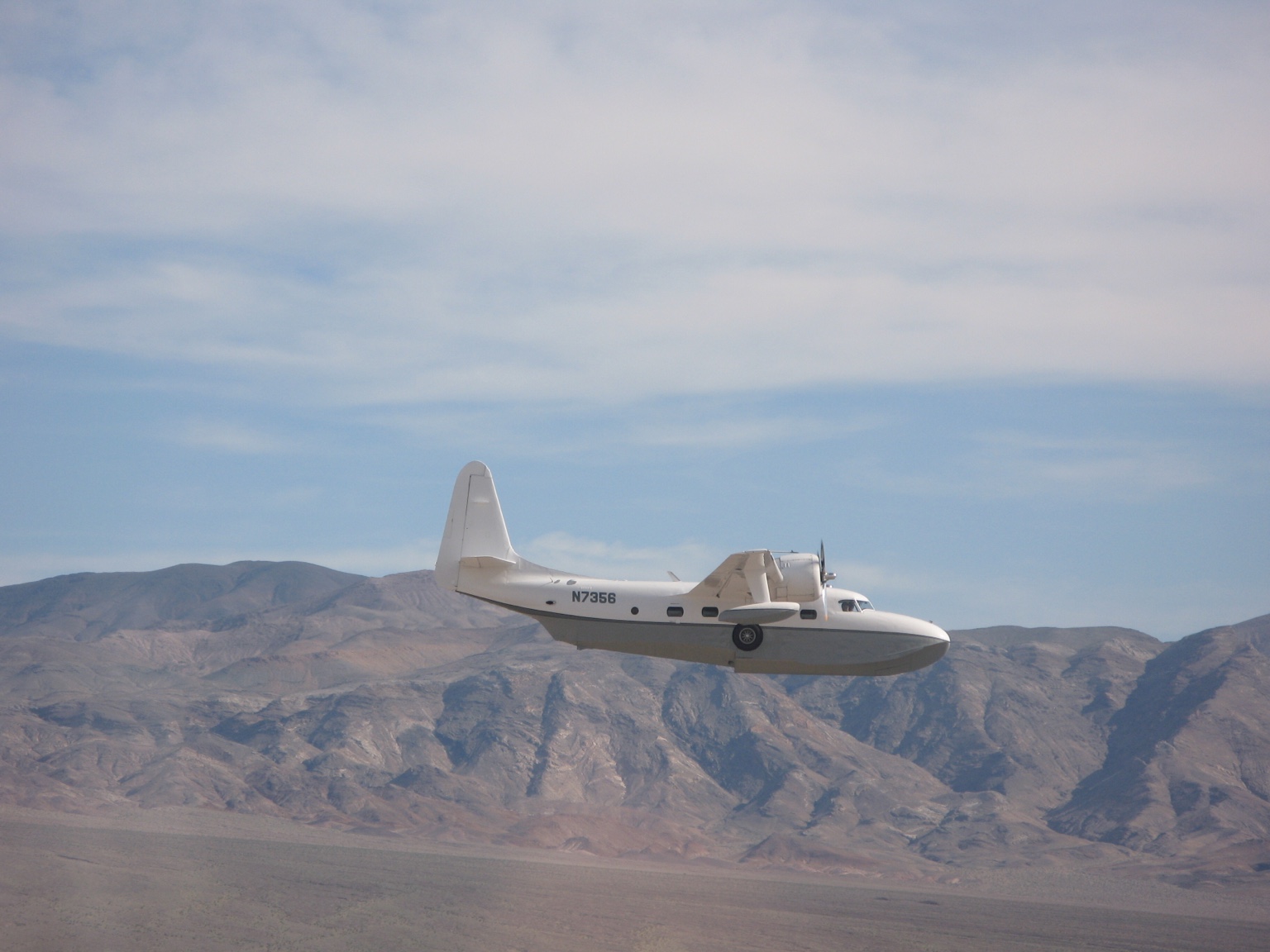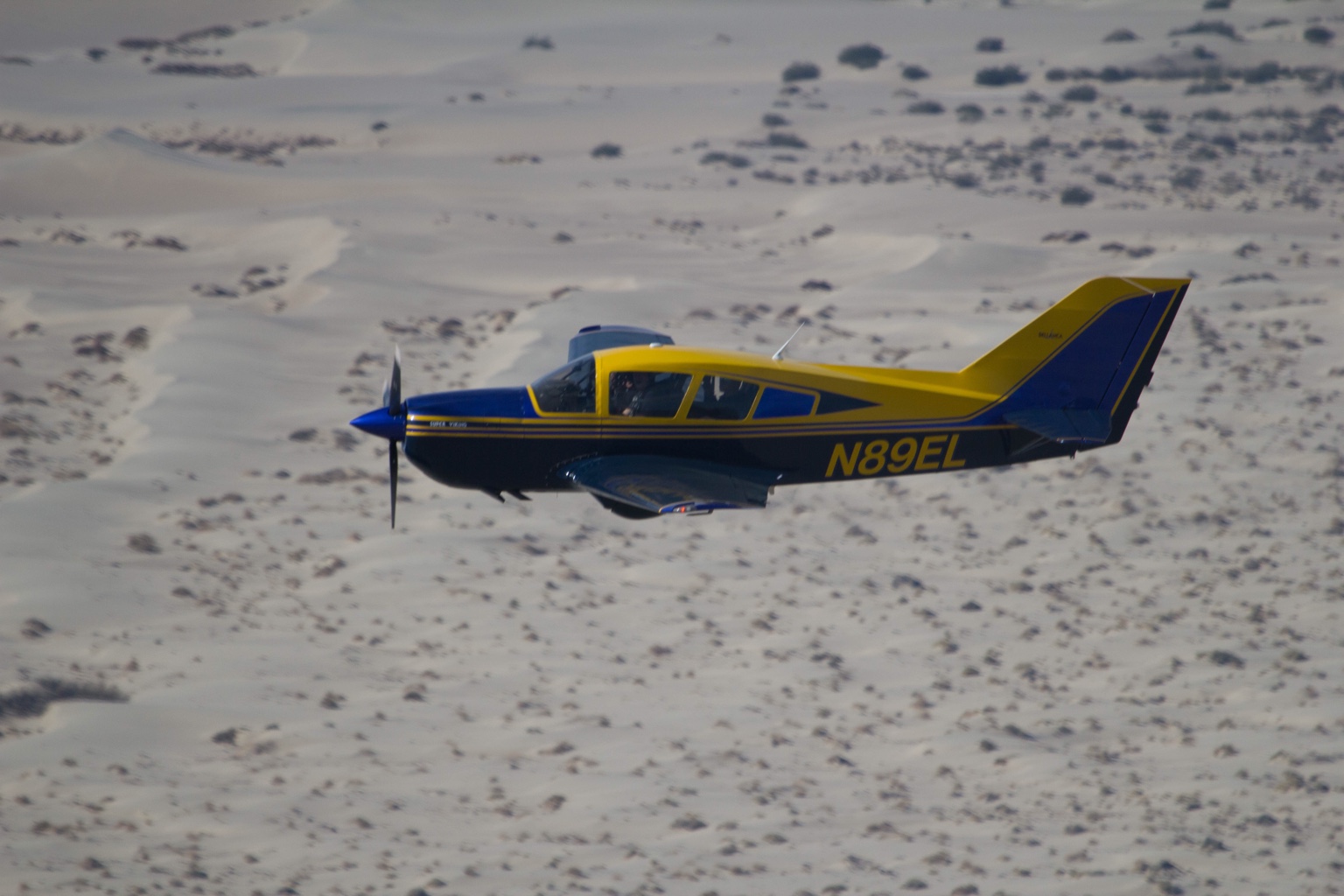I've owned my '89 Super Viking for 4 years now, and I absolutely love it. I get a TAS 200mph at 9000ft. The ailerons are controlled by pushrods, and it's very light in roll. Pitch forces are a bit on the heavy side. It is "cozy" inside, but I've done 5 hour flights without complaint, and I'm 6'2" and certainly no light weight. It's a great traveling plane which will carry a load and go the distance. Just checked my log book and I've got over 500 hours in 318 flights in it. No serious maintenance issues.
I had a little more than 250 hours when I bought it, but 110 of those were accumulated 23 years ago prior to a significant hiatus in flying. 5 hours with a Viking knowledgable instructor, and I was good to go. The nose wheel is directly connected to the rudder pedals, so it has to be straight when landing, or it'll pull to one side. I try to make every touch down a soft field landing. It can do surprisingly short field landings also. I'm based at KSJC (San Jose, CA), and tower regularly asks me to make a short approach to 30L because of the jets on straight in. I touch down just past the threshold and easily make the first turnoff. With full flaps and an agressive slip it comes down quickly. It's important to plan ahead because it takes a while to slow down. Gear extension speed is 140 mph for the older models. Mine has beefed up gear door hinges which raises that to 160mph. Top edge of the white arc is 120mph.
Another website with some useful info is
http://160knots.com/
Below are some pictures taken in flight by a Gruman Mallard when we took a day trip to Death Valley to see the flowers. It was a little less than a 2 hour flight. It would have taken us 8-9 hours by car...
Sent from my iPad using Tapatalk




 The actual limiting factor is the canopy. Above Mach 2.2 the plexiglass starts getting soft from the heat, gotta keep it below that if I don't want to be enjoying the breeze!
The actual limiting factor is the canopy. Above Mach 2.2 the plexiglass starts getting soft from the heat, gotta keep it below that if I don't want to be enjoying the breeze!
